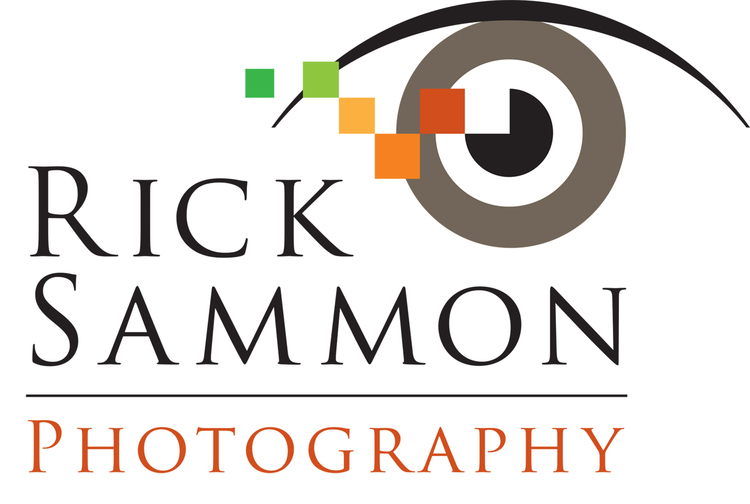All this week here on my blog (among some other stuff): My favorite photographs and quick tips from my Oregon Coast Photo Caravan, which I am co-leading with my friend
Alex Morley. I'll try to update daily as we move from location to location.
Here's the link to the
facebook page for my workshop students.
Bandon (Day 8)
Here's my last shot from trip - taken at sunrise. Walking along the beach, I was reflecting on the workshop and the wonderful photographers with whom I sharped the experience, so I guess a reflection shot was appropriate.
Bandon (Day 7)
Today we talked about
Composition - the strongest way of seeing at Minor White's wall.
We also talked about telling the whole story, with is important because photographers are storytellers.
I think this fun group photo sums up our fun group! I hope you can join one of
my workshops someday. Soon.
Florence (Day 6)
Tide pool shot from this morning. Just a few yards away from where I took the picture below.
A group hug on the beach this morning at sunrise. Canon 15mm lens on Canon 5D Mark III. Built-in HDR!
Getting my starfish shot required kneeling in a tide pool, and getting my boots filled with cold water. Brrrrrr.
Florence (Day 5)
A lucky shot on the way to our sunrise shoot. Yes, dead center is deadly when it comes to composition, except when it comes to working with reflections.
When you think you are close, get closer! Here I used my Canon 15mm fisheye lens to get up-close and personal with a cool starfish!
Newport (Day 4)
Had time to shoot a quick HDR pano (hand-held) with my Canon 5D Mark III and Canon 14mm lens before we dashed off to the next location.
Here's another in-camera HDR Canon 5D Mark III image.
Newport (Day 3)
We had some HDR fun tonight . . . on the beach and in a cave at sunset. Good HDR fun. If you are new to HDR,
this post may help.
Here's the last shot, or should I say shots, of the night. A pano created with a set of Canon 5D Mark III in-camera HDR images.
Newport (Day 2)
Here's my favorite shot from the Newport Aquarium. Tip: The name of the game is to fill the frame.
Composition is the strongest way of seeing, and Light is the main element in every photograph (my next Kelby Training class.
At Devil's Punch Bowl this morning at sunrise, we had beautiful, soft light, created by an overcast sky. Perhaps it was not the sky the group expected, but it was a nice, moody sky indeed. I composed the scene with a foreground subject, a mid-ground subject and a background subject – looking for separation between each subject. I used the Detail Extractor in Nik Color Efex Pro to pull out some of the details in the rocks.
Above: After creating my HDR image in Nik Software's HDR Effex Pro, I used the Detail Extractor in Nik's Color Efex Pro to bring out some of the detail in the rocks.
Speaking of Nik Color Efex Pro: Top, straight shot. Bottom, Nik Bicolor User Defined plus Polaroid Transfer filters. Get a discount on Nik on my
Creative Plug-ins page.
Newport (Day 1)
Use a foreground element to add a sense of depth to a scene. For great depth of field, I used my
Canon 14mm lens on my
Canon 5D Mark III.
Shoot HDR when shooting into the sun if you want to see into the shadows. This is a 5D Mark III in-camera HDR image. With HDR make sure you capture the entire dynamic range of the image . . . in camera.
I hope to see you on one of my
workshops or in my
seminars.
Explore the light,
Rick
